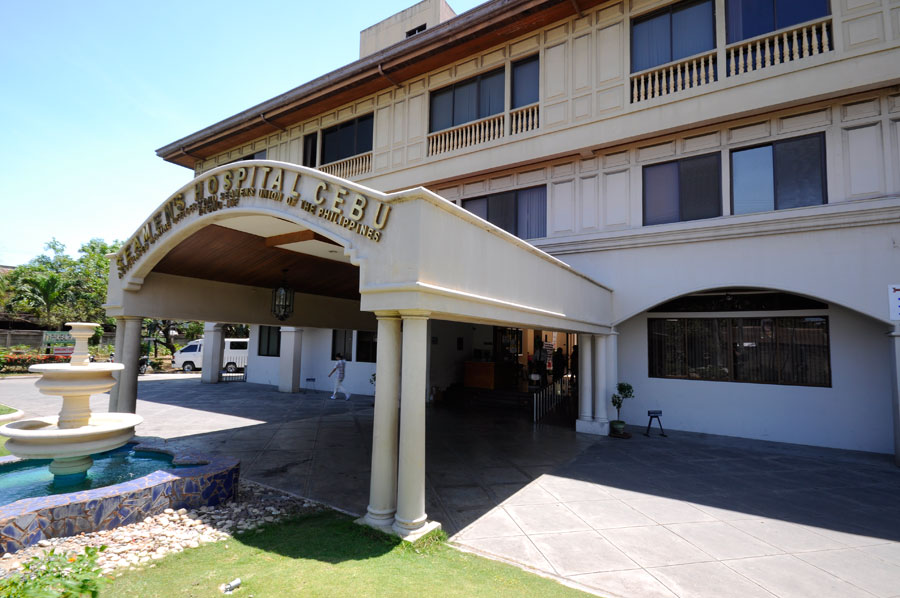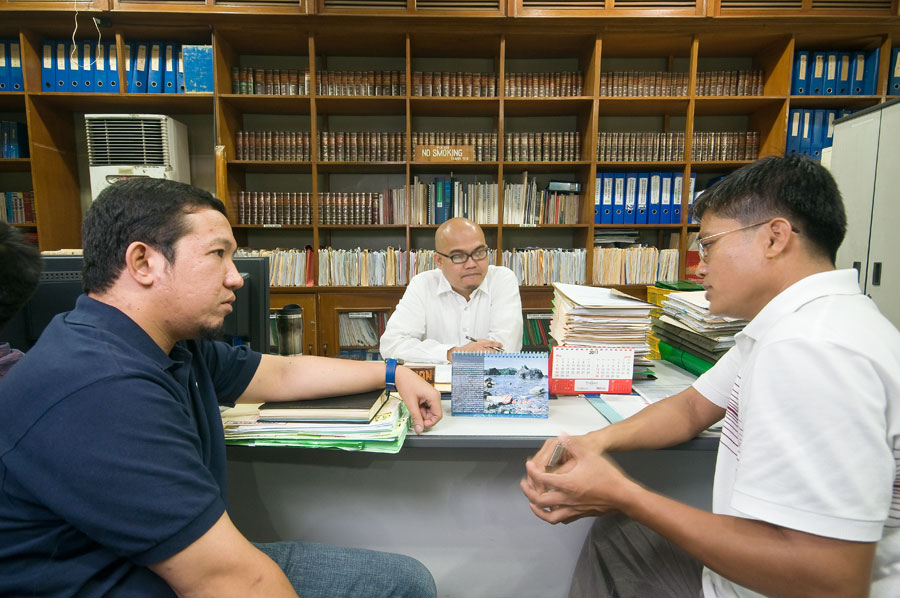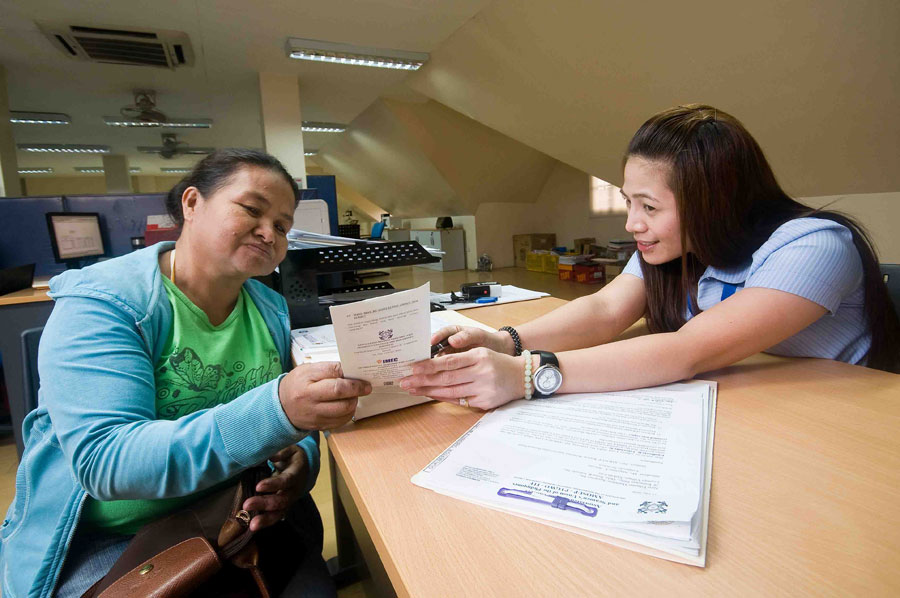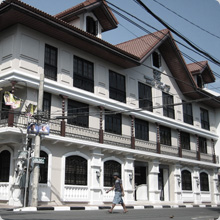MAAP hosted a cross-cultural training for its cadets and their counterparts in Japan through the academy’s training ship MV Kapitan Gregorio Oca. The KGO’s chief officer Jeric Bacasdoon documents the exercise undertaken between a batch of Filipino and Japanese students
To give its cadets a taste of working with a mixed-nationality crew on board, the Maritime Academy of Asia and the Pacific (MAAP) sent out their students for a cross-cultural training on board its new training vessel.
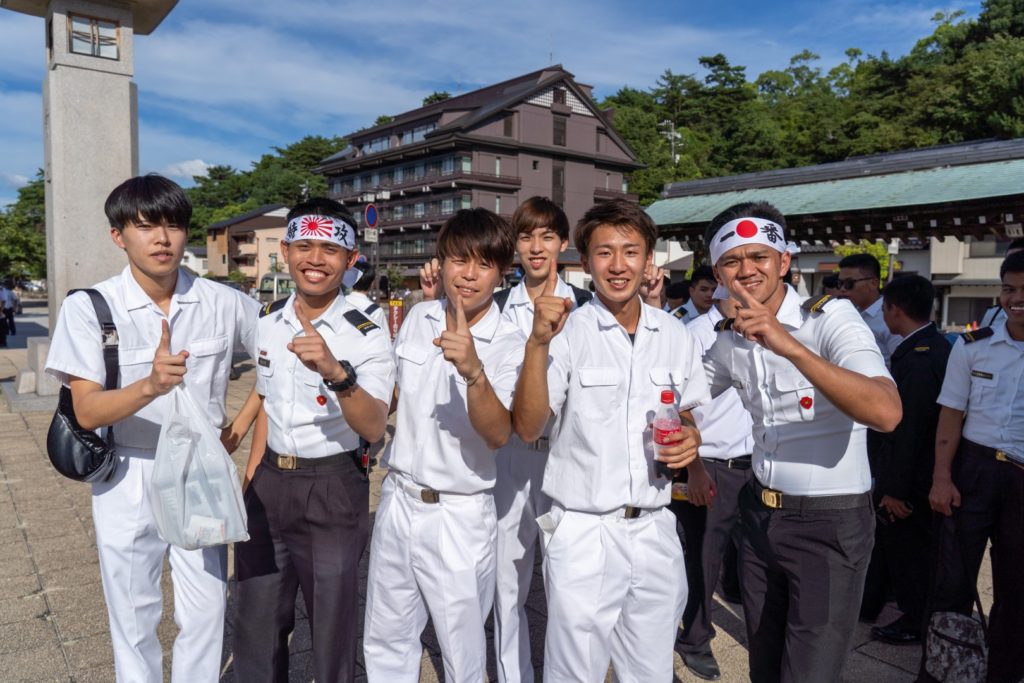
A total of 49 MAAP cadets embarked on the academy’s training ship, the M/V Kapitan Gregorio Oca (KGO), for a voyage to Japan. The KGO sailed from Mariveles, Bataan on 29 August and docked at the Hiroshima port on 04 September 2019. Equipped with their knowledge, skills and a tonne of excitement, the cadets were joined by their Japanese counterpart for the five-day cross-cultural training. Twenty nine Japanese cadets who joined the KGO for the exercise came from five colleges of National Institute of Technology in Toyama, Toba, Yuge, Oshima and Hiroshima.
It was a historic feat for the KGO, being the first Philippine-flagged dedicated training ship that sailed overseas for such a purpose. Though the country had its first ship for training purposes through the 1983-built M/S Filipinas, a 29,932 DWT bulker-training ship, operated by the state-run National Maritime Polytechnic.
Alongside MAAP, the cross-cultural training was collectively initiated by the International Mariners Management Association of Japan (IMMAJ), Japan Agency of Maritime Education and Training for Seafarers (JMETS), and All Japan Seamen’s Union (AJSU).
“If these (Japanese) cadets become seafarers who will work on oceangoing vessels in the future, they will surely go onboard with foreign seafarers,” said IMMAJ chairman Capt Koichi Akamine in his speech during the welcome ceremony. The KGO master, Captain Regie Galito, received a token during the welcome ceremony at the port of Hiroshima.
Captain Akamine said he hopes the experience would give the marine cadets a glimpse of the future, even though it is only as short as five days. “They (Japanese cadets) will gain lots of new discoveries and experiences, including understanding of their own English language ability,” Capt. Akamine added.
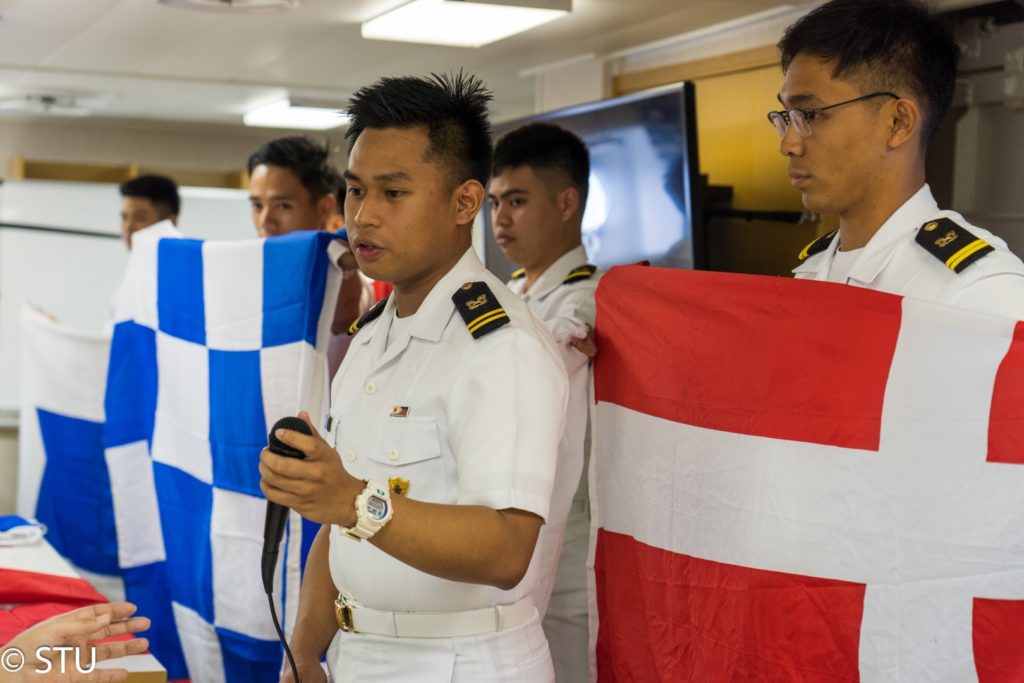
From Hiroshima, the KGO sailed away on 07 September and reached Nagoya on 09 September. The training proper employed a buddy system of 2:1 mates between Filipino and Japanese cadets staying together in their respective cabins. They also observed onboard schedule of calls where all cadets have the same schedule for meals, taking a shower, cleaning assigned stations, conducting watch-keeping duties per group, among others.
During the voyage from Hiroshima to Nagoya, deck cadets observed watch-keeping duties doing their assigned roles. They switched hourly under the supervision of shipboard training officers (STO) and officer of the watch (OOW). Their tasks include steering, lookout, radar watch, fixing ship’s position, filling out GPS logbook, calculating estimated time of arrival (ETA), times of sunrise and sunset, and gyro error. Some cadets also experienced conducting navigational watch on an operational level under the supervision of the OOW and STO.
“Conducting a navigational watch with the Japanese cadets was a fun and memorable experience for me,” said Deck Cadet Amiel Lin. “It gave me a glimpse of my future job, working with multi-lingual bridge team, especially with the Japanese,” he added.
The engine cadets performed routine engine watch-keeping, communication with the bridge, safety checks before departure, sounding of tanks, starting of generator and main engine, filling up of logbook and bell book and handing over the engineering watch. They also carried out reading and monitoring machinery parameters and hourly engine-room rounds.

They were able to perform their duties despite the rough seas. “I experienced seasickness caused by rough seas and it was so difficult to work in the engine room. But I know that I needed to overcome it and continue doing my tasks because this is my chosen career,” said Engine Cadet Isaac Cabatan.
The cadets were also given time for shore leave – time they used to explore Hiroshima Peace Memorial Museum, Yamato Museum, JMSDF Kure Museum, and Miyajima Island.
Manned by 19 crew under the command of Capt. Regie Galito, onboard the KGO were also seven STO – all MAAP alumni – led by senior STO Capt. Val Brian Belibor.
Others were C/M Jeric E. Bacasdoon, C/M Ralph Aries Guray, 2/M Michael Anthony Marcelo, C/E Bienefer Abug, 2/E Richard Dean Bawingan and 3/E Raymoon Briones. Other MAAP alumni who are currently officers and engineers of the vessel are 2/M Nikolai Gerard Macadaeg, 3/M Ralph Arciga, 3/E Limuel Coria, and 4/E Junichi Fujihara.
Also onboard were IMMAJ coordinators Captain Dampei Mori, Chief Engineer Tamaki Shinotsuka, and five Japanese instructors.
The KGO is a new training ship donated to MAAP, which was built as a collaboration project of JSU and IMMAJ. It’s a first of its kind in the world to be utilised by cadets who will go onboard Japanese merchant fleet in the future, according to Chairman Akamine of IMMAJ.SF

